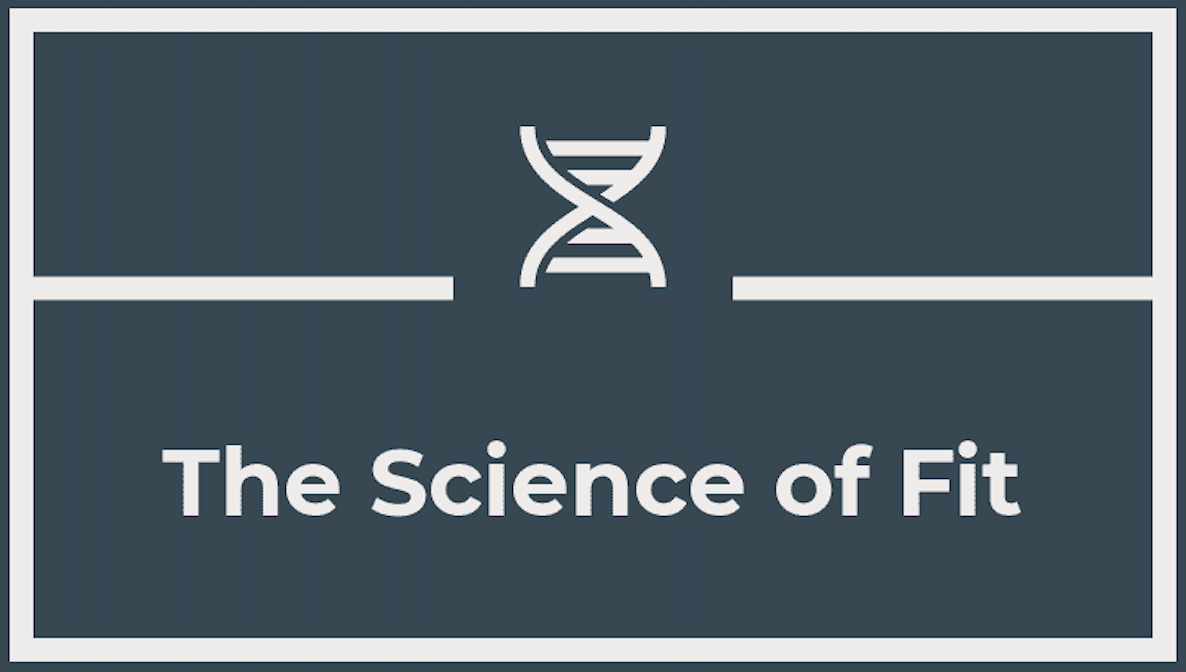The Metabolic Role of Body Fat
Metabolic Symphony: Exploring the Distinct Metabolic Roles of Different Types of Body Fat

Body fat, traditionally viewed as a passive energy reservoir, is now recognized as an active and dynamic organ influencing various physiological processes. This scientific article provides an in-depth exploration of the metabolic roles played by different types of body fat, including visceral fat, subcutaneous fat, and brown adipose tissue. From energy storage and endocrine functions to thermogenesis and immune modulation, the multifaceted contributions of body fat to metabolic homeostasis are unveiled.
Introduction:
Body fat, long perceived solely as a storage depot for excess energy, is emerging as a metabolically active organ with diverse roles in physiological homeostasis. This article delves into the distinct metabolic functions of various body fat depots, shedding light on their contributions to energy regulation, hormonal balance, and overall metabolic health.
Visceral Fat:
Visceral fat, located around internal organs in the abdominal cavity, plays a central role in metabolic regulation. Beyond its storage function, visceral fat is an active endocrine organ secreting adipokines, cytokines, and inflammatory mediators that influence insulin sensitivity, inflammation, and cardiovascular health. Excess visceral fat is strongly associated with metabolic syndrome and increased risk of chronic diseases.
Subcutaneous Fat:
Subcutaneous fat, situated beneath the skin, serves as a primary energy reservoir and provides insulation. While subcutaneous fat also secretes adipokines, its metabolic impact is considered more favorable compared to visceral fat. Subcutaneous fat contributes to overall metabolic health, and its distribution may influence insulin sensitivity and cardiovascular risk.
Brown Adipose Tissue (BAT):
Brown adipose tissue, historically known for its role in thermogenesis, has gained prominence due to its potential impact on energy expenditure and metabolic health. BAT activation is associated with increased energy dissipation, enhanced glucose metabolism, and improved lipid profiles. Strategies to activate BAT, such as cold exposure and certain pharmaceuticals, are being explored for their therapeutic potential.
Beige Adipose Tissue:
Beige adipose tissue, a transitional form between white and brown adipose tissue, can emerge within white adipose depots in response to various stimuli, including cold exposure and exercise. Beige adipocytes contribute to thermogenesis and may have metabolic benefits similar to brown adipose tissue activation.
Lipid Metabolism and Energy Storage:
The primary role of body fat is the storage and release of energy in the form of fatty acids. Adipocytes within white adipose tissue store excess energy during periods of caloric surplus and release it during energy deficit. Dysregulation of lipid metabolism in adipose tissue can contribute to insulin resistance and metabolic dysfunction.
Endocrine Functions:
Adipose tissue functions as an endocrine organ, secreting a myriad of hormones and cytokines collectively known as adipokines. Leptin, adiponectin, and resistin are examples of adipokines that influence appetite, insulin sensitivity, and inflammation. Dysregulation of adipokine secretion can contribute to metabolic disorders.
Immune Modulation:
Adipose tissue is intimately involved in immune modulation, with immune cells residing in adipose depots influencing inflammation and metabolic homeostasis. Imbalances in immune cell populations within adipose tissue are implicated in obesity-related inflammation and insulin resistance.
Aging and Metabolic Changes:
Age-related changes in body fat distribution and function contribute to metabolic alterations. Redistribution of fat towards visceral depots, a phenomenon known as lipodystrophy, is associated with increased metabolic risk. Understanding the age-related changes in adipose tissue metabolism is crucial for addressing metabolic health in older populations.
Conclusion:
Body fat is not merely a passive storage site for excess energy but a dynamic organ with integral metabolic functions. This comprehensive exploration of the distinct roles played by different types of body fat illuminates their contributions to energy regulation, hormonal balance, and overall metabolic health. As research in this field advances, unraveling the intricacies of body fat metabolism offers potential avenues for therapeutic interventions targeting metabolic disorders and promoting overall well-being.
Fitness From Head to Toe
Contact Us
Contact Us
We will get back to you as soon as possible
Please try again later










